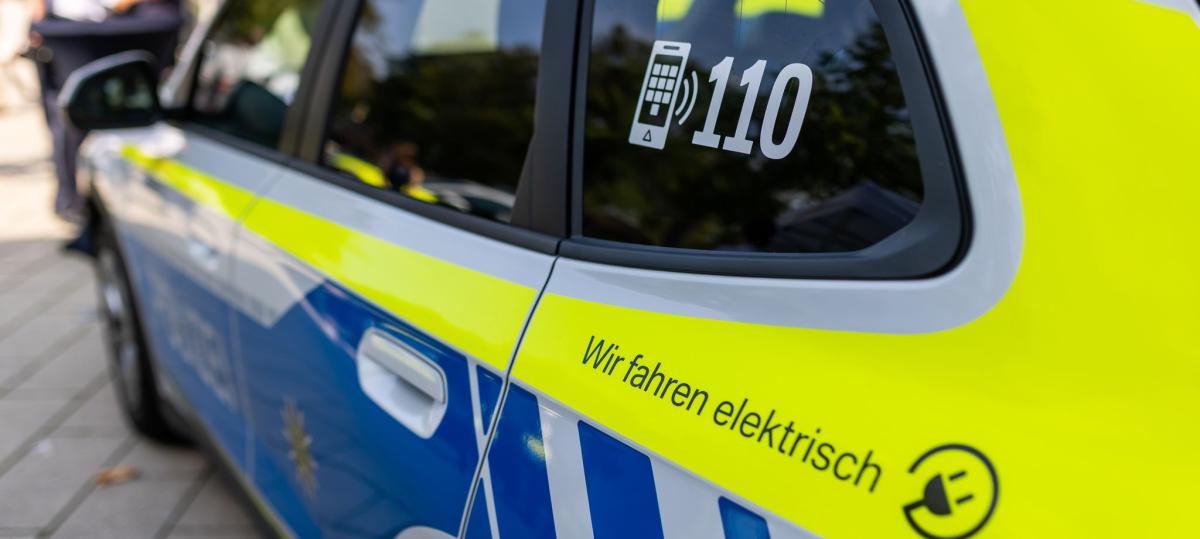Police unions are requesting expansion of the charging infrastructure

Before buying other electric vehicles for the Baden-Württemberg police, the unions demand that the loading infrastructure are expanded. « Without their own charging infrastructure and with limited range, many electric vehicles in shift work are currently not suitable for everyday use, » said the deputy head of the state of the police (GdP), Thomas Mohr, the German press agency.
According to the information, many police areas do not have their own charging points. This forces strip crews to use public charging stations – with all disadvantages such as waiting times and occupations. « We are calling for: first infrastructure, then nationwide introduction – and no symbol policy on the back of the colleagues, » said Mohr.
The state chairman of the German Police Union (DPolG), Ralf Kusterer, also called for fast loading points. It could not be that the police must charge their patrol cars at public charging points.
Interior Minister wants to draw intermediate balance sheet
Furthermore, the Interior Ministry should pay attention to the experience from the practice when purchasing the vehicles, said Kusterer of the dpa – both from the civil servants and those who are waiting for the vehicles. Some model is rather unsuitable. Some tires were also worn after 8,000 to 10,000 kilometers.
According to the Ministry of the Interior, the first purely electrically operated vehicles for the police were procured in 2011. Different models have been tested since then. Almost all areas in the country have been using one of 136 company vehicles with battery -electrical drive for 180 days. Since then, these have covered two million kilometers, which corresponded to around 50 rounds of earth. Interior Minister Thomas Strobl (CDU) wants to take stock in Rastatt today.
Operations fail due to residual range
Basically, the union representatives Mohr and Kusterer were open to electromobility. With regard to climate protection, this makes sense, also in inner -city traffic or in the administrative area, the vehicles were suitable.
However, from the point of view of the colleagues, the electric vehicles had not yet proven to be sufficiently practical for patrol service with shift operation, immediate inserts or long distances. Both also report on missions that had to be moved or canceled due to a lack of residual range.







